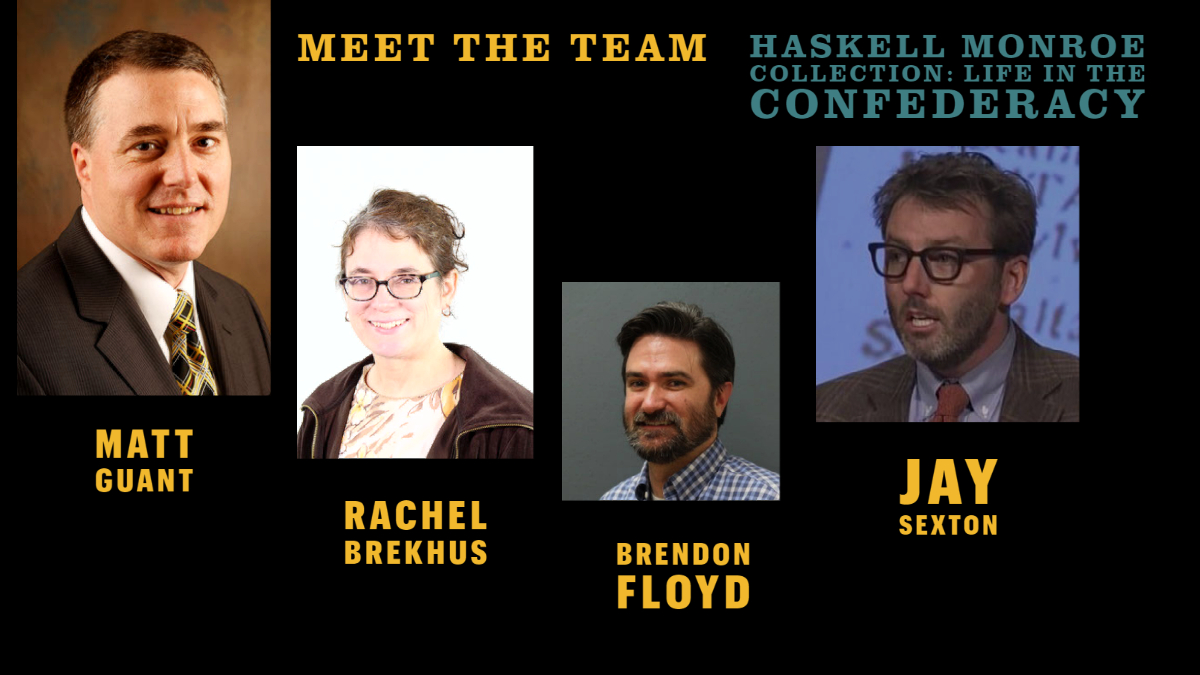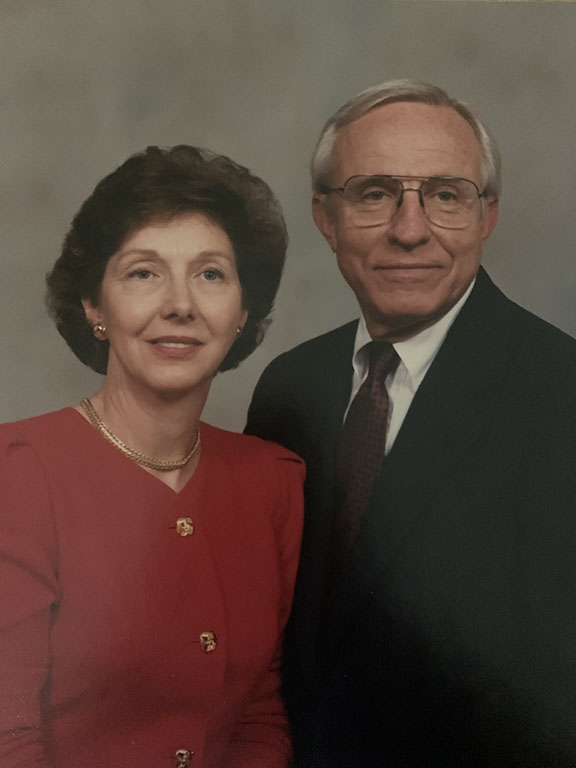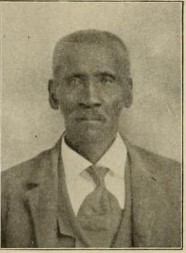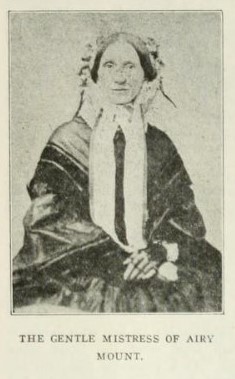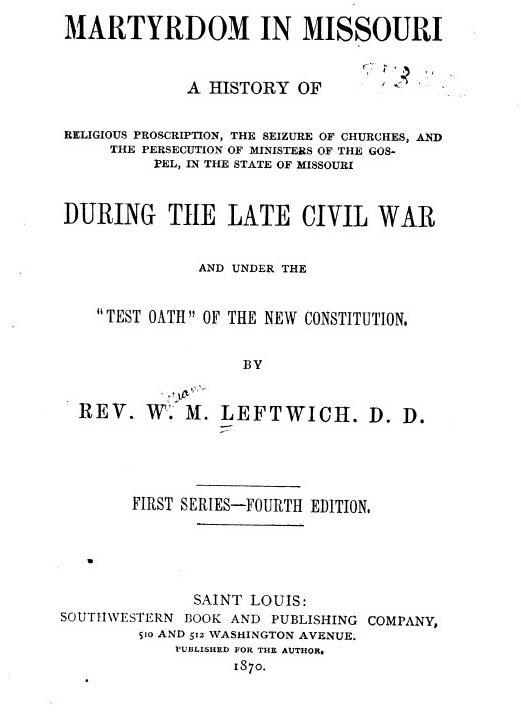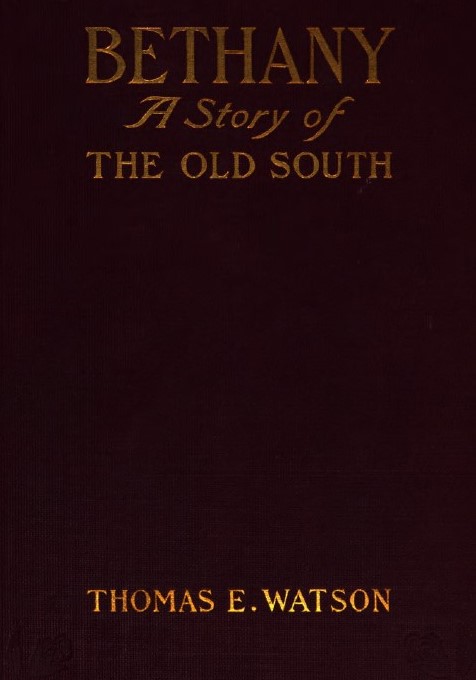Ongoing Past Original Mission
“The original mission of the project is complete,” adds Floyd. “The original goal was to take this bibliography produced over the late ’80s and ’90s and organize and publish. Once I got into this, we saw a huge potential for it to be more than what it was originally designed to be. I can see years and years and years of work ahead, but really it comes down to the vision of (Jo).
“What I really love is … the creative process and the source material,” he says. “And I really love the fact that Mrs. Monroe has the vision to build this (broader scope) from it. This is the spirit of Haskell Monroe…. I feel we are doing this right.
“And part of the excitement is being able to add to the vision and see it through. That’s been really exciting for me.”
Floyd, a former teacher, says this is not only great for educators of all levels – to be used as a teaching tool for students, but also has a much vaster base as a free platform for anyone to use.
“One of the things I love about the project is that it feeds both into my passion for education, and also my passion for history.”
The history department was chosen for this project, not only because of the project’s topic, but also because Haskell was a professor of history, even while chancellor.
“Haskell loved to teach,” says Gaunt. “And I just want to say his students loved him. I work with some people who had Haskell as a teacher and they still really have fond memories. Even as a chancellor he was teaching a 7:40 a.m. class. He was a chancellor who never lost track of the undergraduate experience because three mornings a week that was the first thing he was being exposed to.”
Haskell was also involved in the university’s first ever $150 million fundraising campaign. “He brought us into the modern era of fundraising,” Gaunt says. “In addition to being chancellor and teacher, he was also a fundraiser.”
Haskell’s Passion for People
But overall, it was Haskell’s passion for ordinary people, their lives, their stories, that drove him. “If you would have met Haskell, the first thing he would have asked you was ‘Oh, tell me about your day. Tell me about yourself. Where are you from, what do you like to do…?,” recalls his wife, Jo. “He was always interested in people and their interests.”
Jo says it was a natural decision to provide this gift to Mizzou. “We love the University of Missouri,” Jo says. “And Haskell adored the library there. He’d be proud of what is being accomplished so far. I think he would be absolutely overwhelmed of the breadth of it, of what has been done. His dream was to publish a printed bibliography that could be used as a reference source by visiting a library, and to see what has been done – I think would be absolutely stunning to him, and beyond his imagination.”
